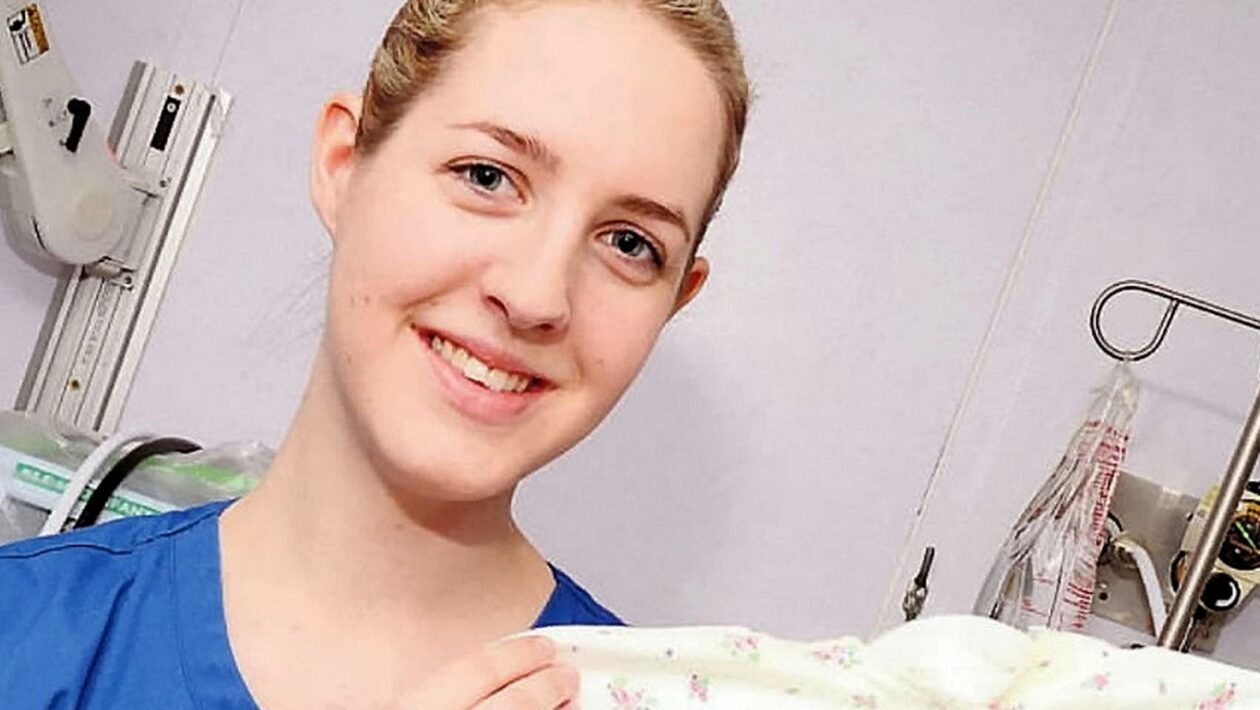[ad_1]

A doctor has told a court it was “completely unclear” why a baby allegedly murdered by nurse Lucy Letby had “dramatic deteriorations” before her death.
The girl, referred to as child D, is said to be the third child murdered by the defendant in a two-week period, with another suffering a life-threatening collapse during the same time.
Registrar Andrew Brunton was called three times by concerned nurses during a night shift at the Countess of Chester Hospital’s neo-natal unit in June 2015.
Child D was receiving respiratory support after she was earlier taken off a ventilator on 21 June – a day after her birth, soon after which she lost colour and became floppy in her father’s arms.
Dr Brunton told jurors at Manchester Crown Court that child D was “clinically improving”, but he was called to urgently review her at 1.40am the next day.
He said there was a concern her oxygen levels had dropped and she had developed a rash.
Child D quickly recovered and the rash vanished, the court heard, but Dr Brunton contacted the on-call consultant to review the infant.
Giving evidence on Monday, he said: “This was a completely unusual situation that I had never seen. The changes in the skin – I couldn’t explain it.”
He was called again at 3am after her oxygen requirements had risen again and the rash had reappeared.
Dr Brunton added: “I can’t remember the specifics but I remember her being quite agitated and upset. This stuck in my mind as she had not been like that when I examined her before.”
Child D recovered and he said he decided to withdraw CPAP (continuous positive airway pressure) respiratory support, as he thought at the time it may be the source of her agitation.
‘Child D was, in effect, dying in front of us’
Dr Brunton noted skin discolouration again on the abdomen but not as pronounced as the first occasion, the court was told.
At 3.45am he was asked again to attend the neo-natal unit and said he ran when the request was followed by the sound of a “crash bleep”.
Child D had stopped breathing and chest compressions had started by the time he arrived, he said.
She was given a number of adrenaline doses in a bid to stimulate her heart, as well as fluids and sodium bicarbonate.
Dr Brunton said: “All of that was necessary because (Child D) was, in effect, dying in front of us.”
A discussion with her parents followed and it was agreed to stop CPR. Child D was pronounced dead at 4.25am.
‘Unclear to me why that was occurring’
Prosecutor Simon Driver asked Dr Brunton: “Having made repeated observations and examinations on (Child D) during the course of the shift which culminated in her death, how would you summarise the evolution of her condition that night?”
He replied: “From when I came in on my night shift there were no particular worries or concerns identified, but by 1.40am to the time of her death she had dramatic deteriorations over different points.
“It was completely unclear to me why that was occurring.”
Ben Myers, defending, said Child D had breathing problems from birth, had previously needed to go on a ventilator and “nothing indicated” she would do well if taken off CPAP.
He asked the witness: “When you took the decision that she should come off CPAP, did it cross your mind it may lead to a deterioration?”
Dr Brunton replied: “Absolutely not.
“If we are trialling a baby off CPAP they can go back on it if we think they are not able to cope with it.”
Prosecutors say Letby injected a fatal amount of air into Child D’s bloodstream.
Letby, 32, originally from Hereford, denies the murders of seven babies and the attempted murders of 10 others at the hospital between June 2015 and June 2016.
[ad_2]

